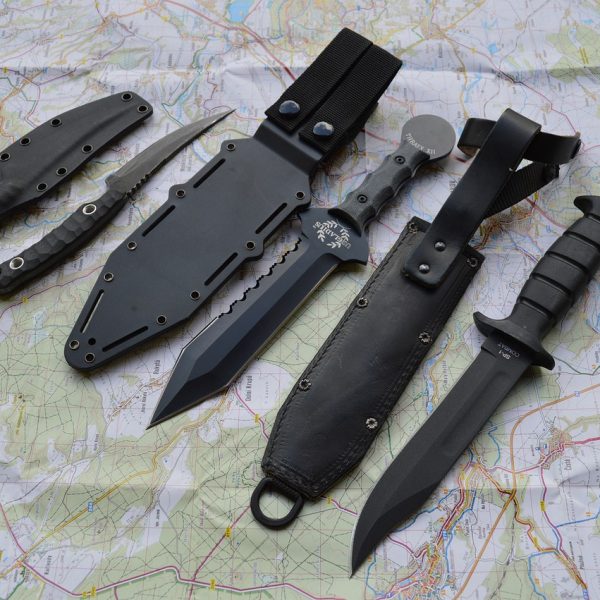Blades
Blades were made explicitly for cooking undertakings, with a wide, marginally bended cutting edge intended for cleaving, dicing, and cutting. The French Sabatier blade arose during this period and became notable in proficient kitchens. The Sabatier configuration highlighted a sharp tip, end to end length (where the edge reaches out through the handle), and a marginally bended sharp edge, making it flexible for various cutting procedures. The Sabatier family spearheaded the culinary specialist's blade we perceive today, affecting current blade makers around the world.


